2000
The history of the company began in 2000. Three inventors – Alexander Scerbina, Leonid Nikitin and Mikhail Stetzurin embarked on the development of an efficient and inexpensive wind turbine, which would operate at low wind speed conditions that are so characteristic for Latvia.
The inventors concluded that such a result could only be obtained by using the theory of aircraft-bladed machines in a turbine with a vertical axis of rotation. Their work began by defining the blade’s profile, determining the optimal characteristics of the lattice-like rotorblocks mathematically. Afterward, more than 100 types of blades with different profiles and curvatures were made and tested, and finally, the optimal blade profile was found. Having solved the task of turbine design, further research was still required to test the wind turbine in a wind tunnel.



 Our company history
Our company history 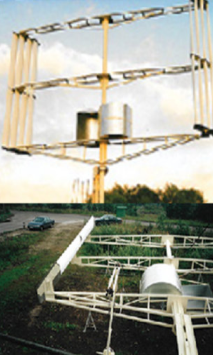
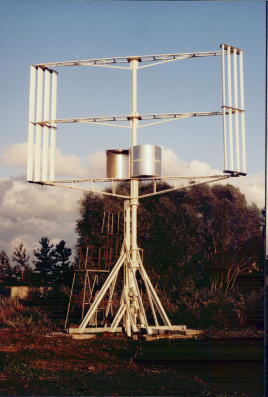
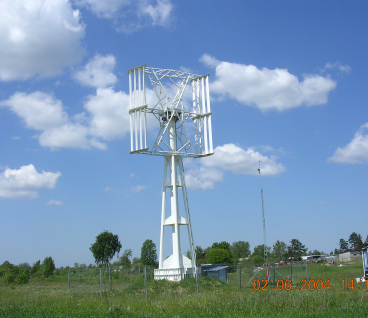
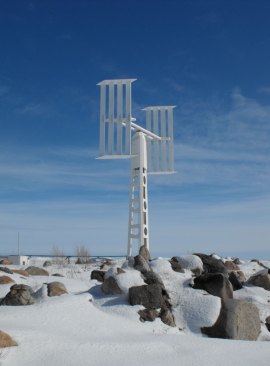
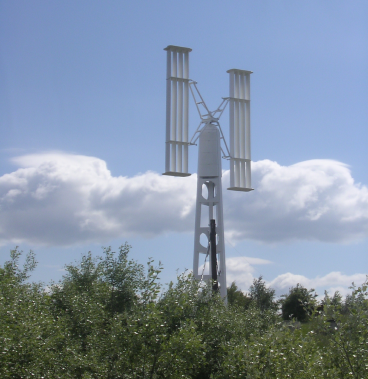
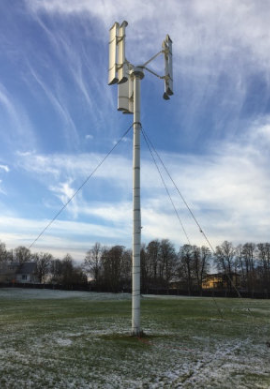
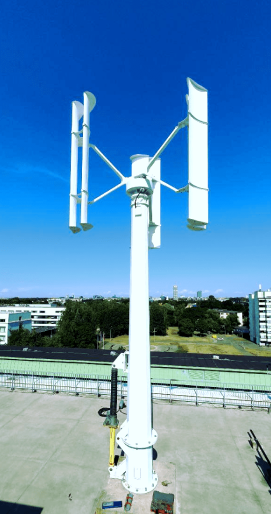

 +7 9999 07 43 87
+7 9999 07 43 87 IvtWind@mail.ru
IvtWind@mail.ru